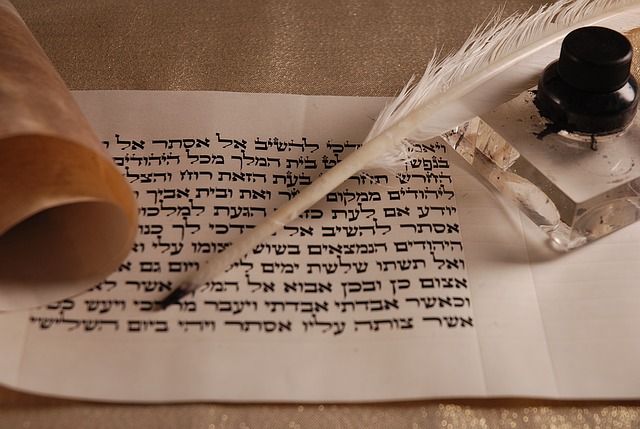Daniel in the Lion's Den
Let's learn about ancient Persia and Darius and learn things that may relate to the story.

Who was King Darius I
Darius I (522-486 BC), also known as Darius the Great, was known for his good government administration. The story of Daniel mentions satraps, who ruled large areas of land like regional governors. (See the map below to see the satrap regions.) Darius gave his satraps clear borders to govern. The satraps had to provide Darius both military troops and money from the region they governed. Darius didn’t want the satraps to get greedy and made sure they couldn’t tax people too much.
Darius I was also a military leader and expanded the Persian empire during his rule. At the height of its reign, Persia had five capitol cities. Babylon was one of those capitals. Babylon revolted against him in 522 BC. Darius put down the revolt, but not without a struggle.
Darius I is famous in Greek literature for being the king that send troops by sea to fight the Greek army at the Battle of Marathon.
The map below shows the size of the Persian Empire shortly after Darius's reign in 480 BC.

درفش کاویانی, CC BY-SA 3.0 <https://creativecommons.org/licenses/by-sa/3.0>, via Wikimedia Commons
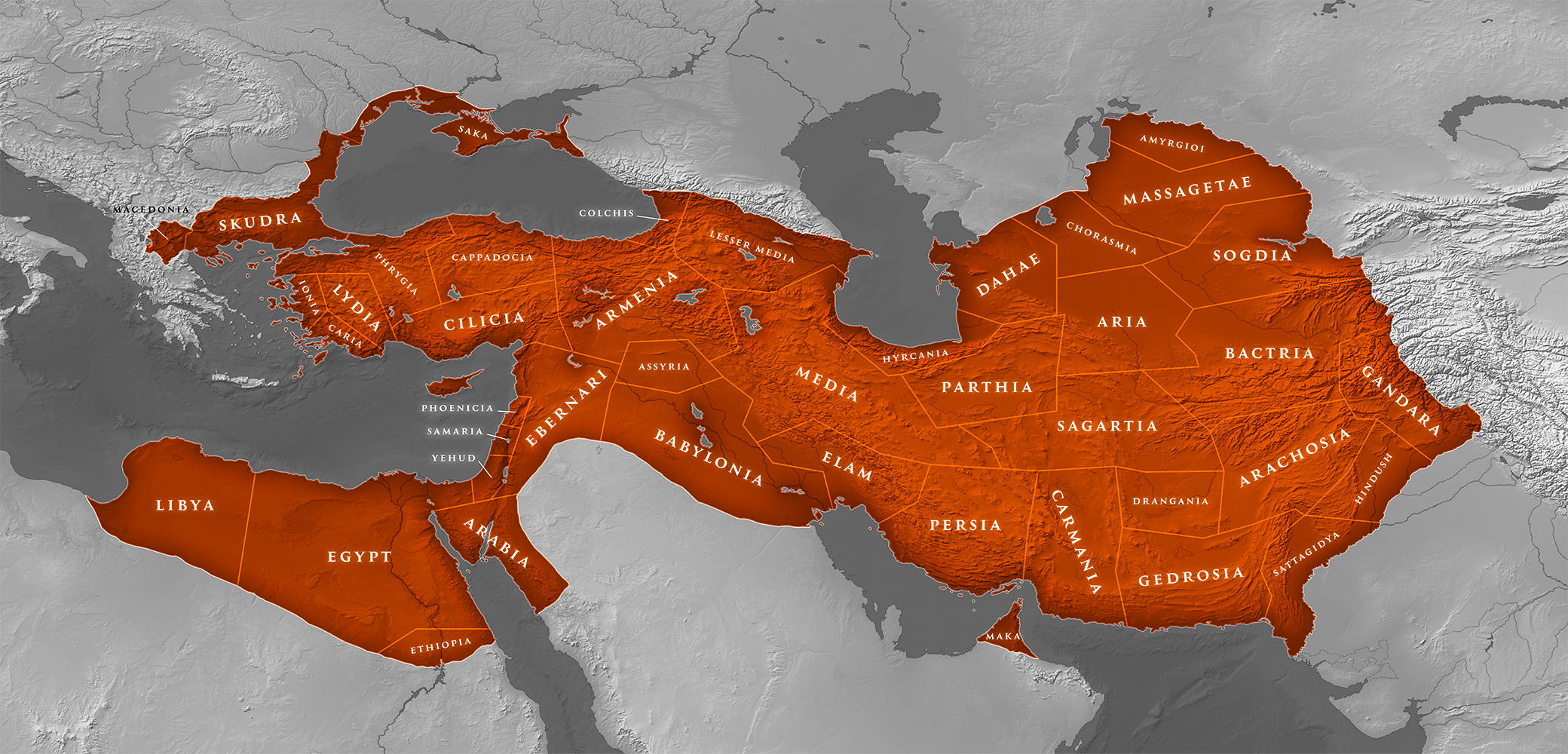
Hossein Shahni, CC BY-SA 4.0 <https://creativecommons.org/licenses/by-sa/4.0>, via Wikimedia Commons
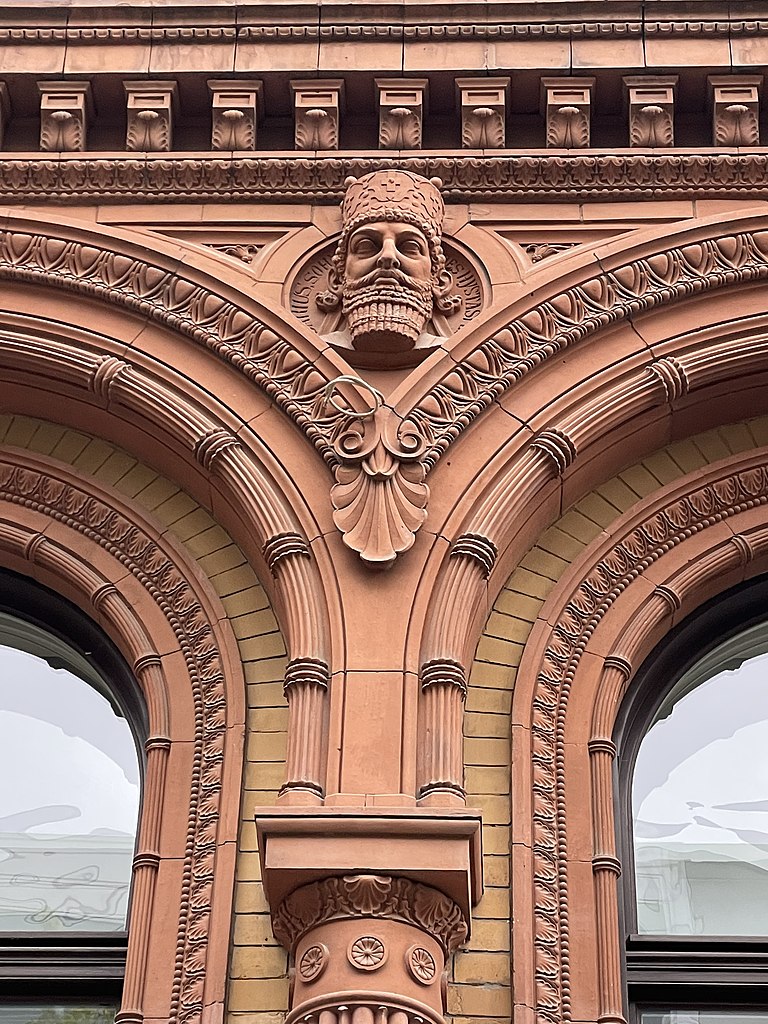
Jooojay, CC BY-SA 4.0 <https://creativecommons.org/licenses/by-sa/4.0>, via Wikimedia Commons
What would Darius' Court be like?
Darius would have had Magi to interpret mystical signs and dreams to him. The king would have had multiple wives and many children in the palace complex. He would have had wise advisors, physicians, guards and soldiers, scholars, and artists.
Internal rivalries were not uncommon in the Persian royal palace.
Persia also had a complex bureaucracy to handle matters of taxation and wages, diplomacy and politics, tradesman and craftsman for palace improvements, military and food supply chains.
What was Darius' Religion?
Persia had many tribes with many local religions with many gods. The religion of Zoastrianism was also very prevalent in Persia and Darius would have has some connection with this religion. The religion emphasized a dualistic battle between the powers of good and evil, order and chaos, which would ultimately result in the victory of good. During the time of Darius, these two religious elements of local paganism and Zoastrianism would have combined in some way. We know that Darius considered his main god to be Ahuramazda, the Wise Lord. But he may have worshiped other gods as well.
Perhaps because there were so many local religions in Persia, Persian kings tended to be tolerant of other religions in places they conquered. The book of Nehemiah mentions that it was a Persian king that allowed Nehemiah to return and rebuild the wall of Jerusalem, which led to a religious revival among the Hebrew people.
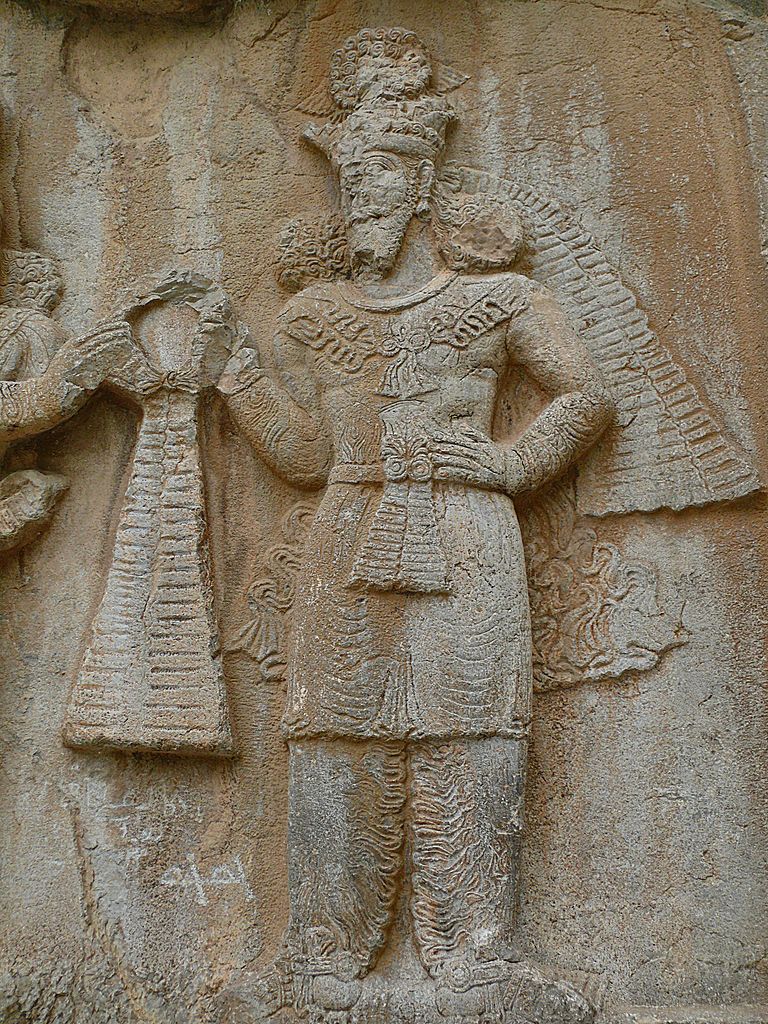
dynamosquito from France, CC BY-SA 2.0 <https://creativecommons.org/licenses/by-sa/2.0>, via Wikimedia Commons
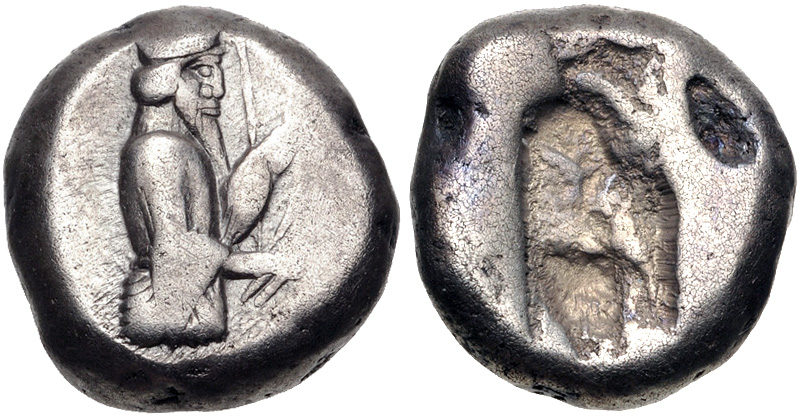
Classical Numismatic Group, Inc. http://www.cngcoins.com, CC BY-SA 3.0 <http://creativecommons.org/licenses/by-sa/3.0/>, via Wikimedia CommonsClassical Numismatic Group, Inc.
Persian Trivia
Darius I made the first Persian coins. See the picture on the left.
Persia was renowned for their horses. Without phones or electronics, the Persians relied on horses to get messages from one end of the empire to the other with incredible speed. There were always messengers on standby so that messages could be sent from one end of the empire to the other. This allowed the king to receive constant reports from his provinces.
Why is the story of Daniel written in the language of Aramaic instead of in Hebrew like most of the rest of the Hebrew Bible?
The books of the Bible were written by different people at different periods of time. The stories of Daniel were written much later than most of the stories in the Bible. By the time this story was written down, Aramaic was becoming a more popular language among the Jewish people than the original Hebrew that they spoke. There’s a lot of similarities between Aramaic and Hebrew though, and they are considered sister languages.
